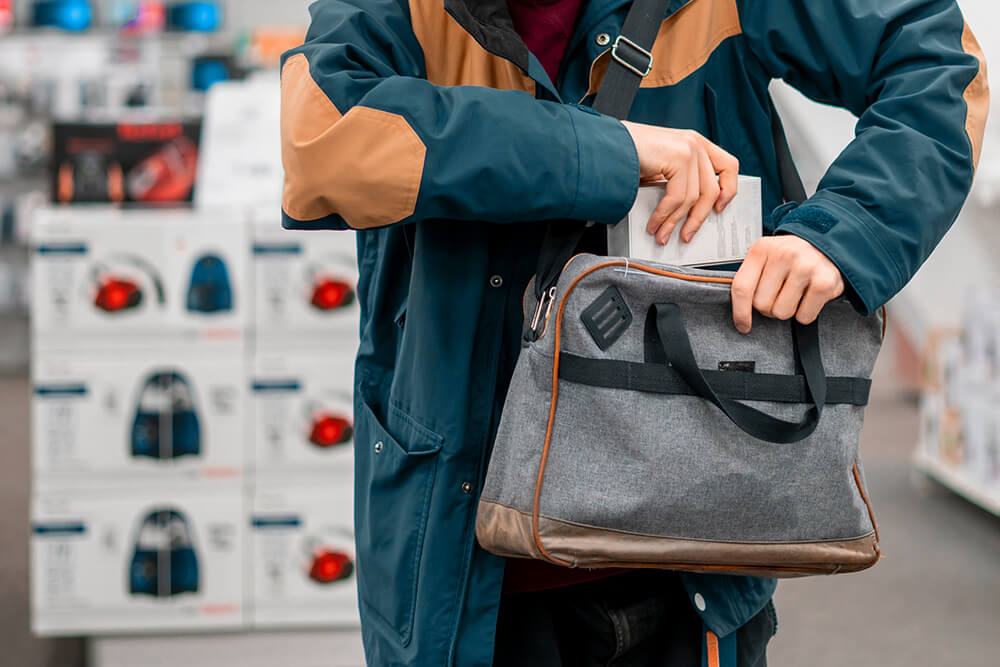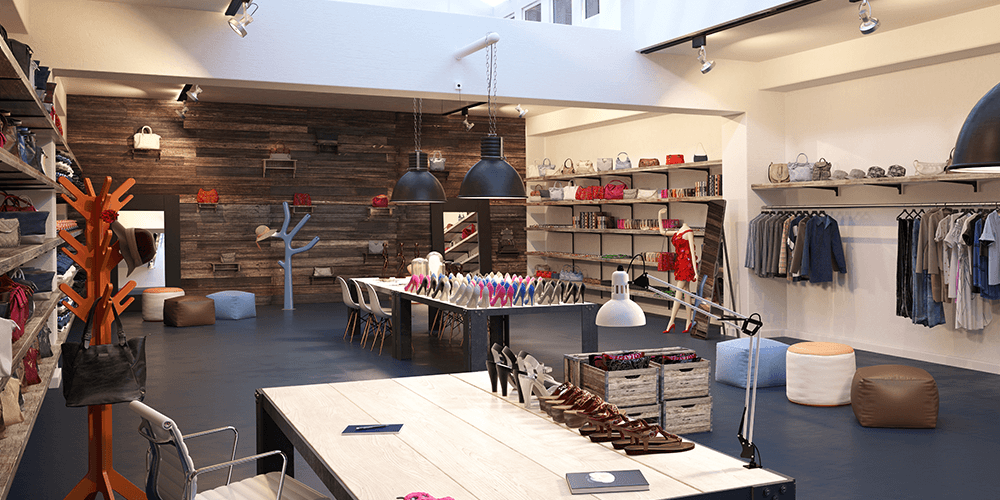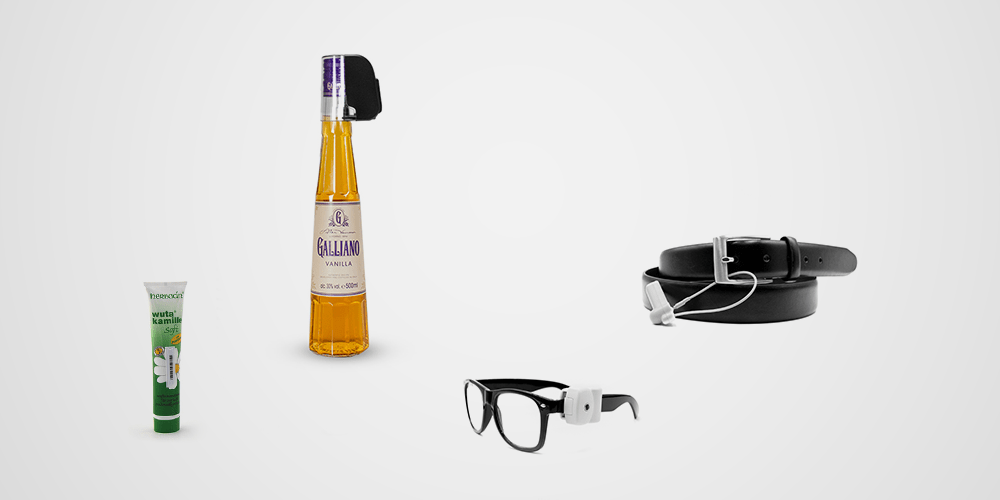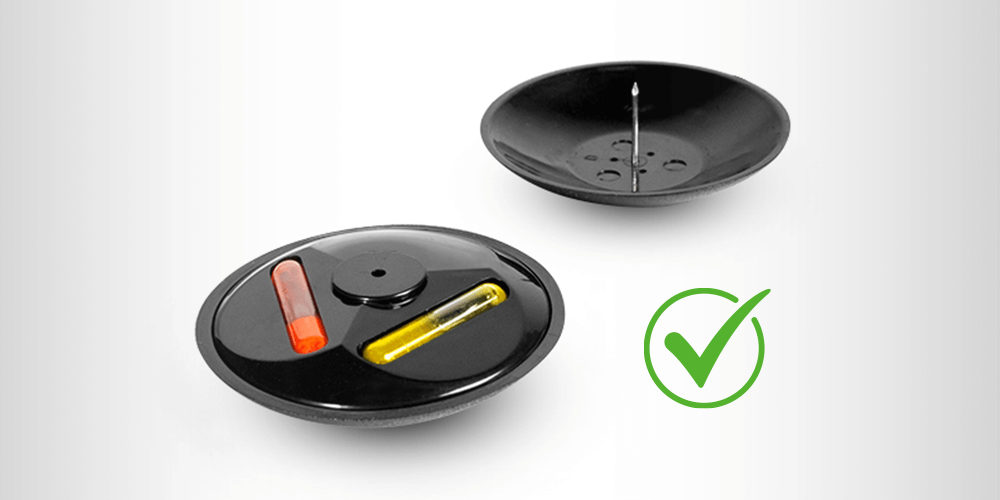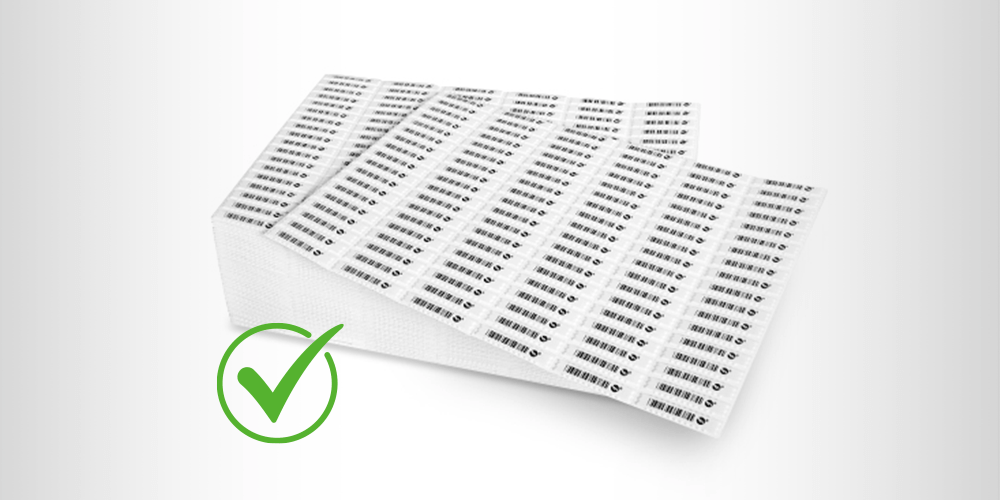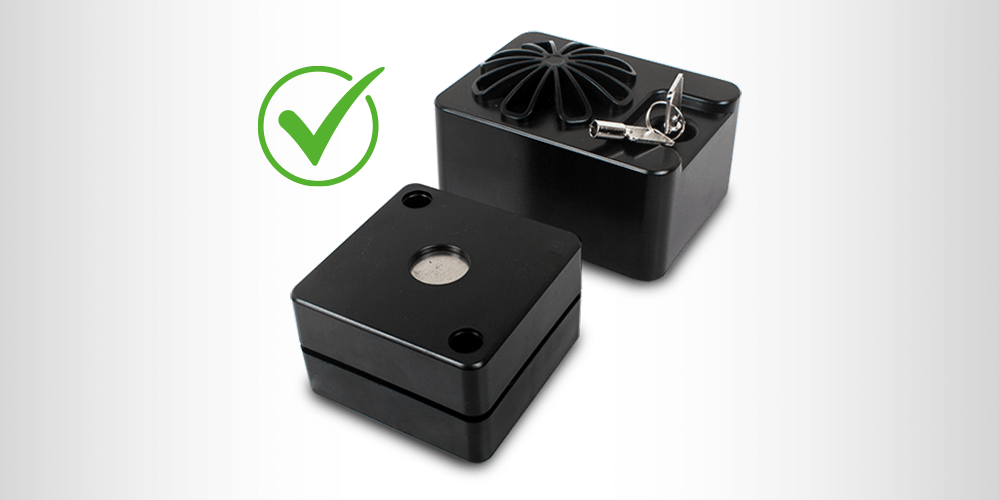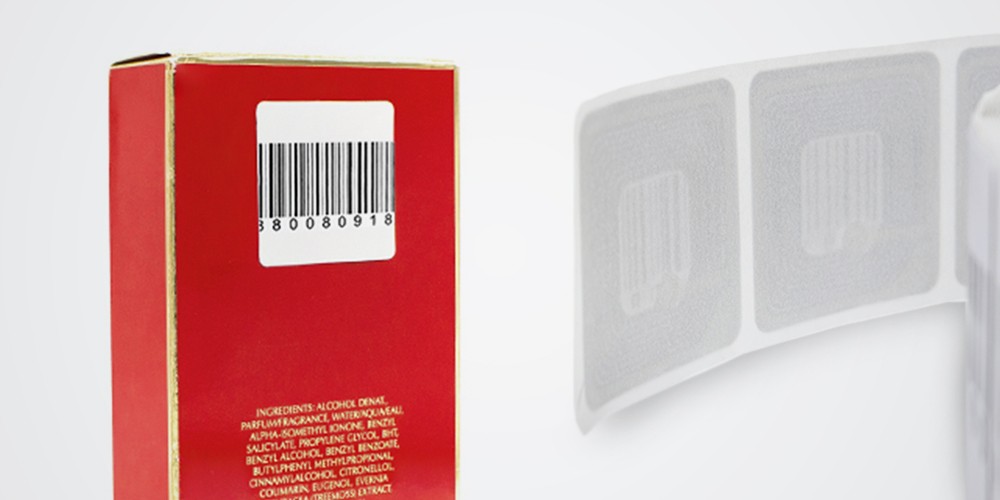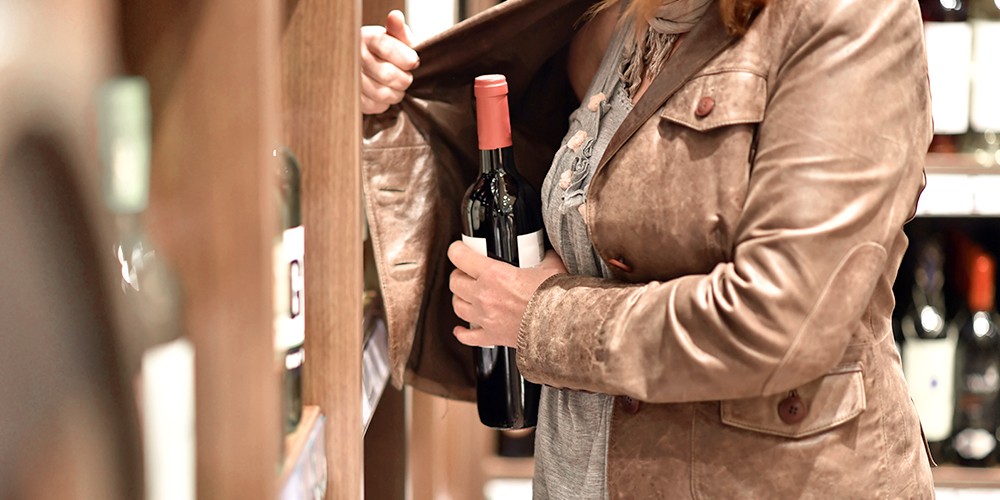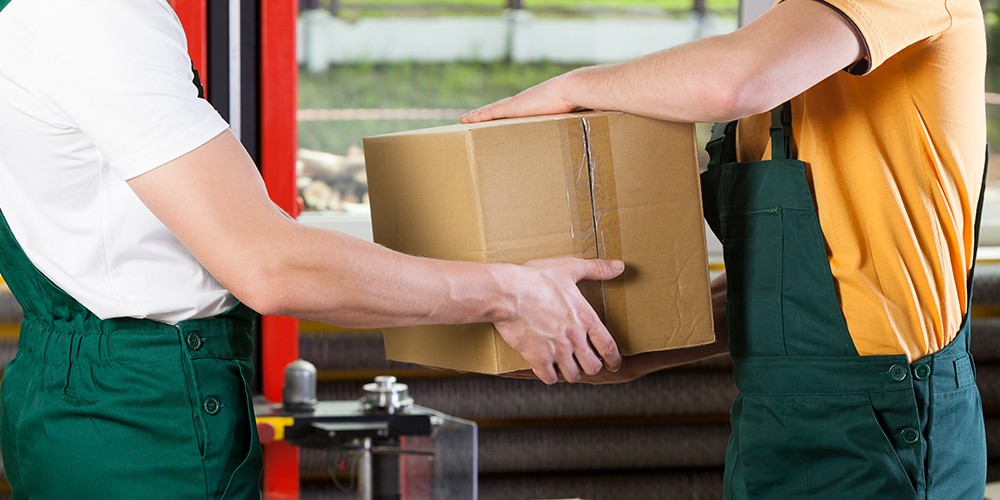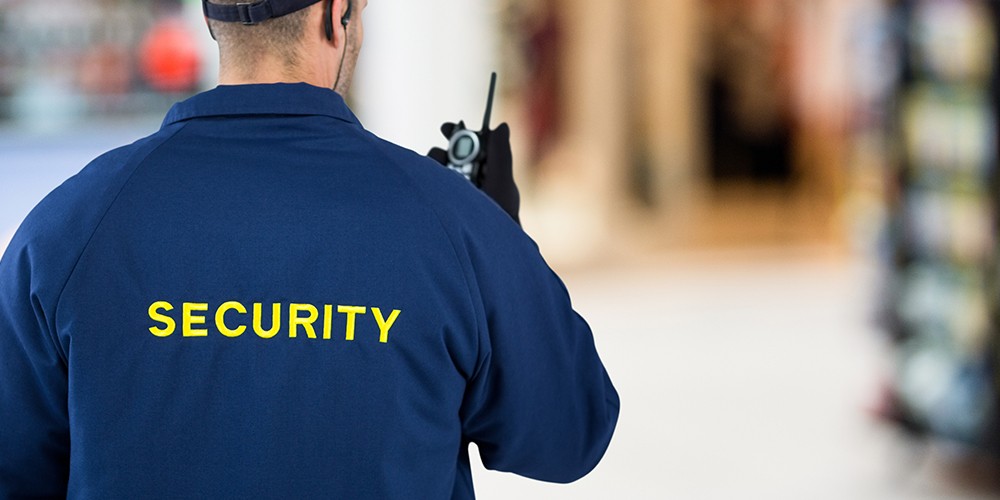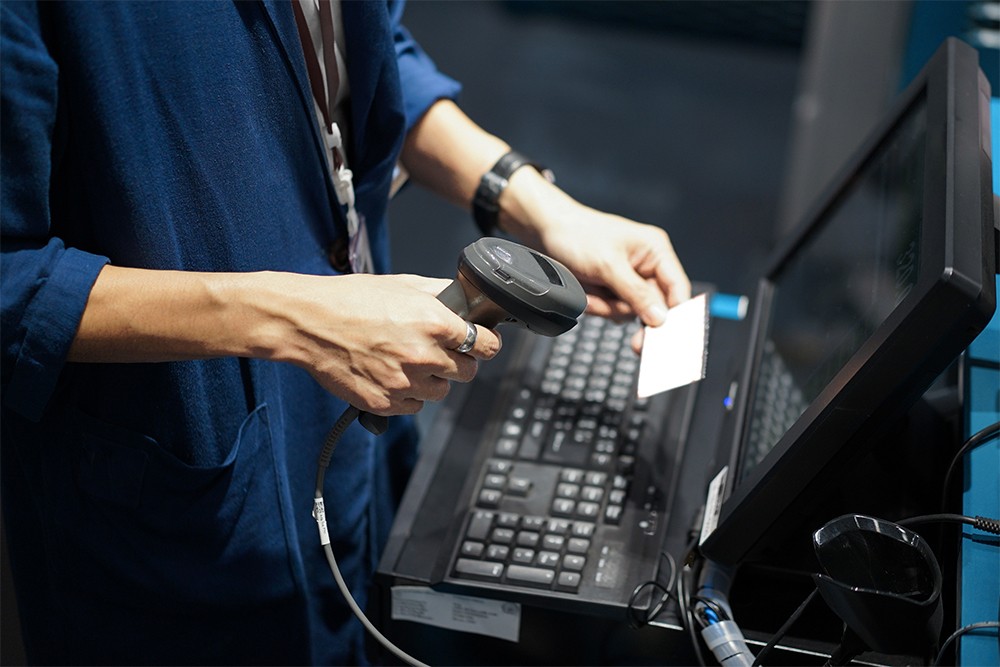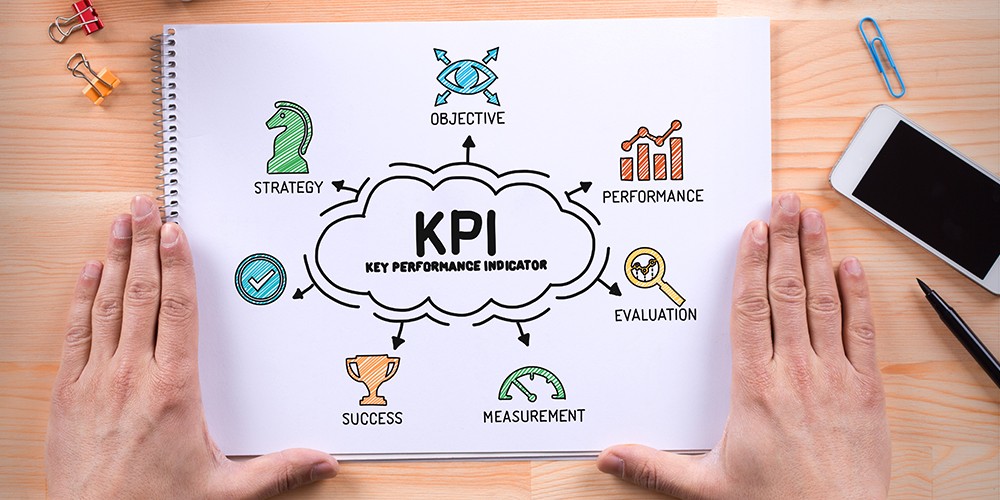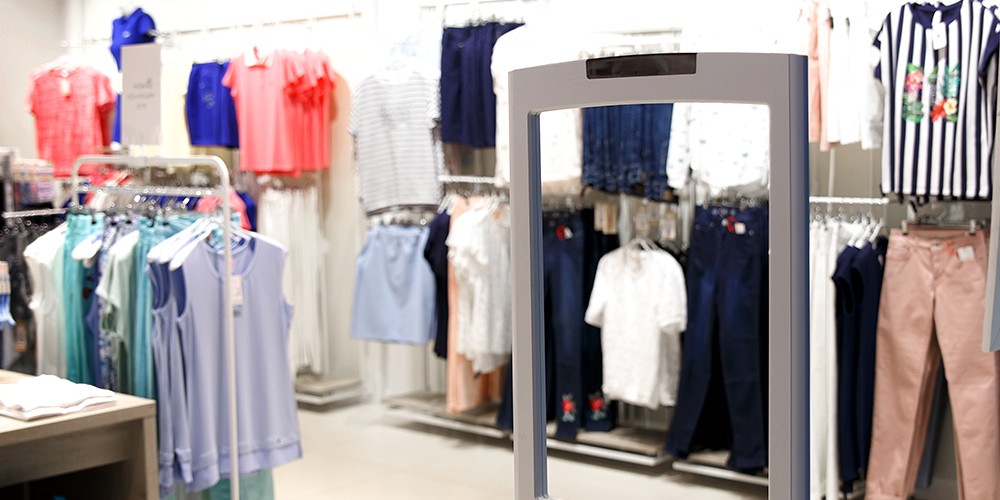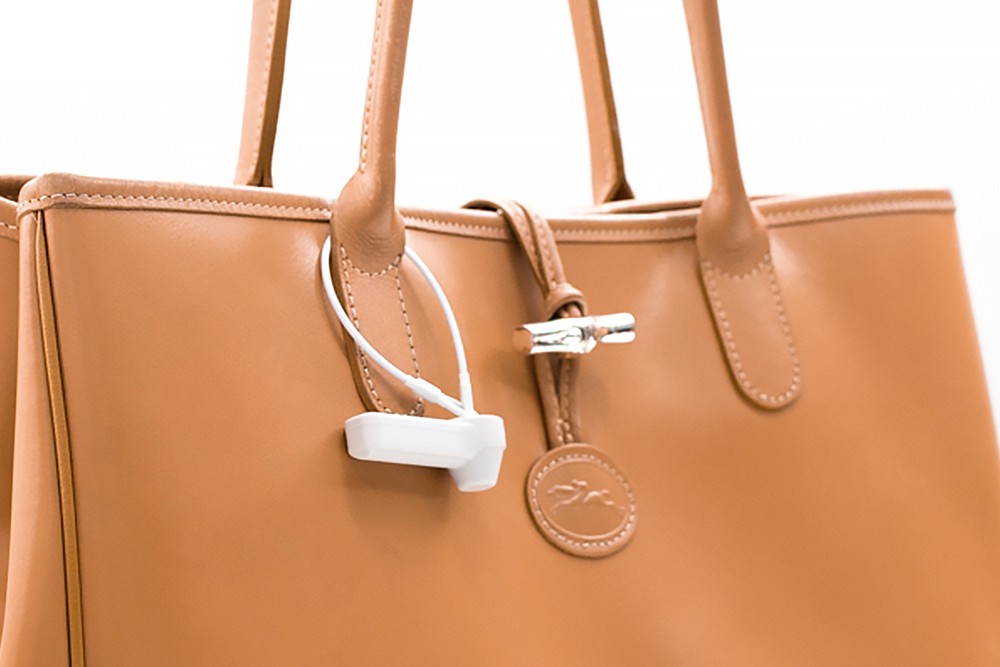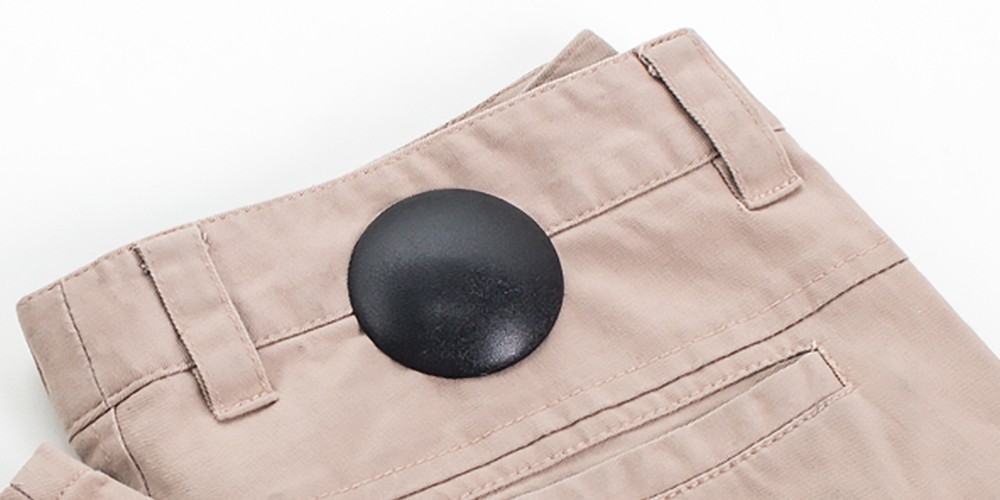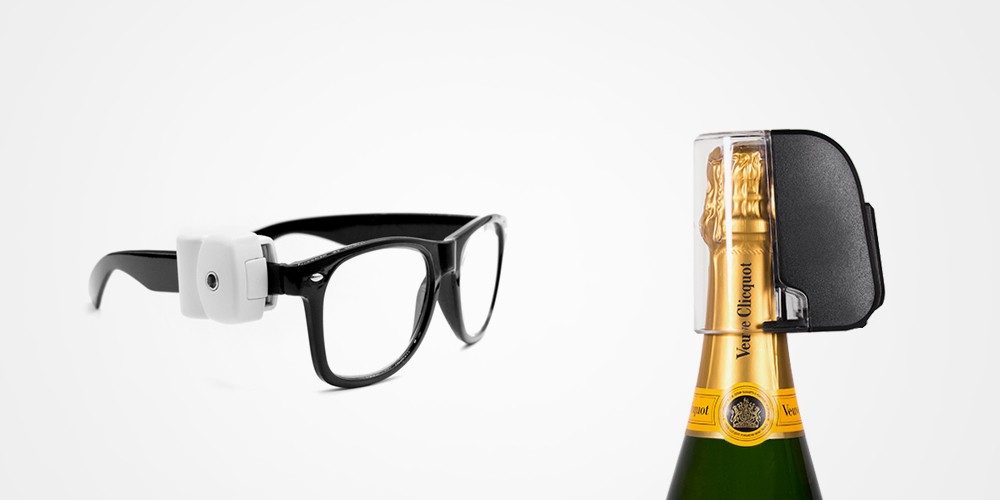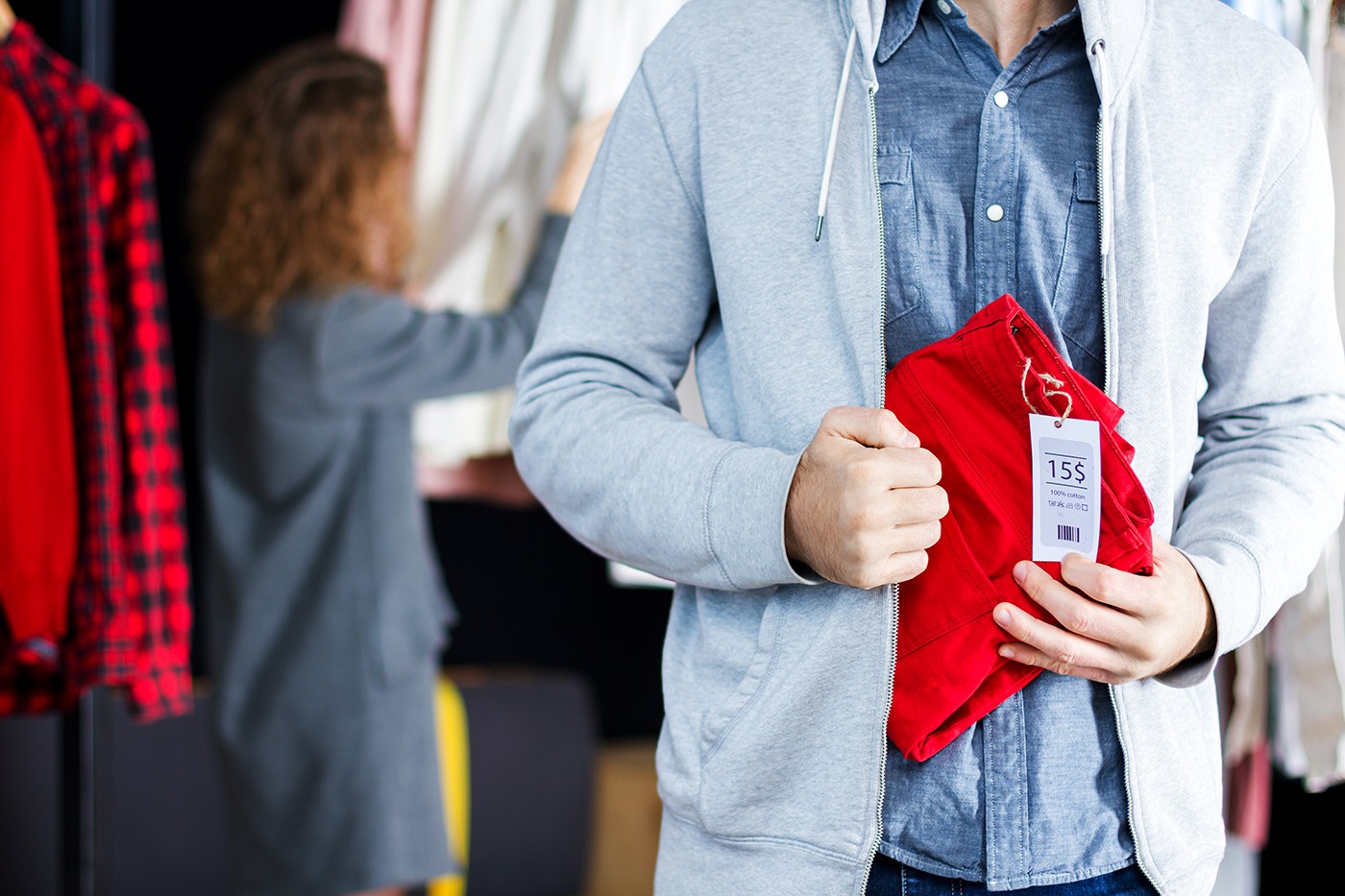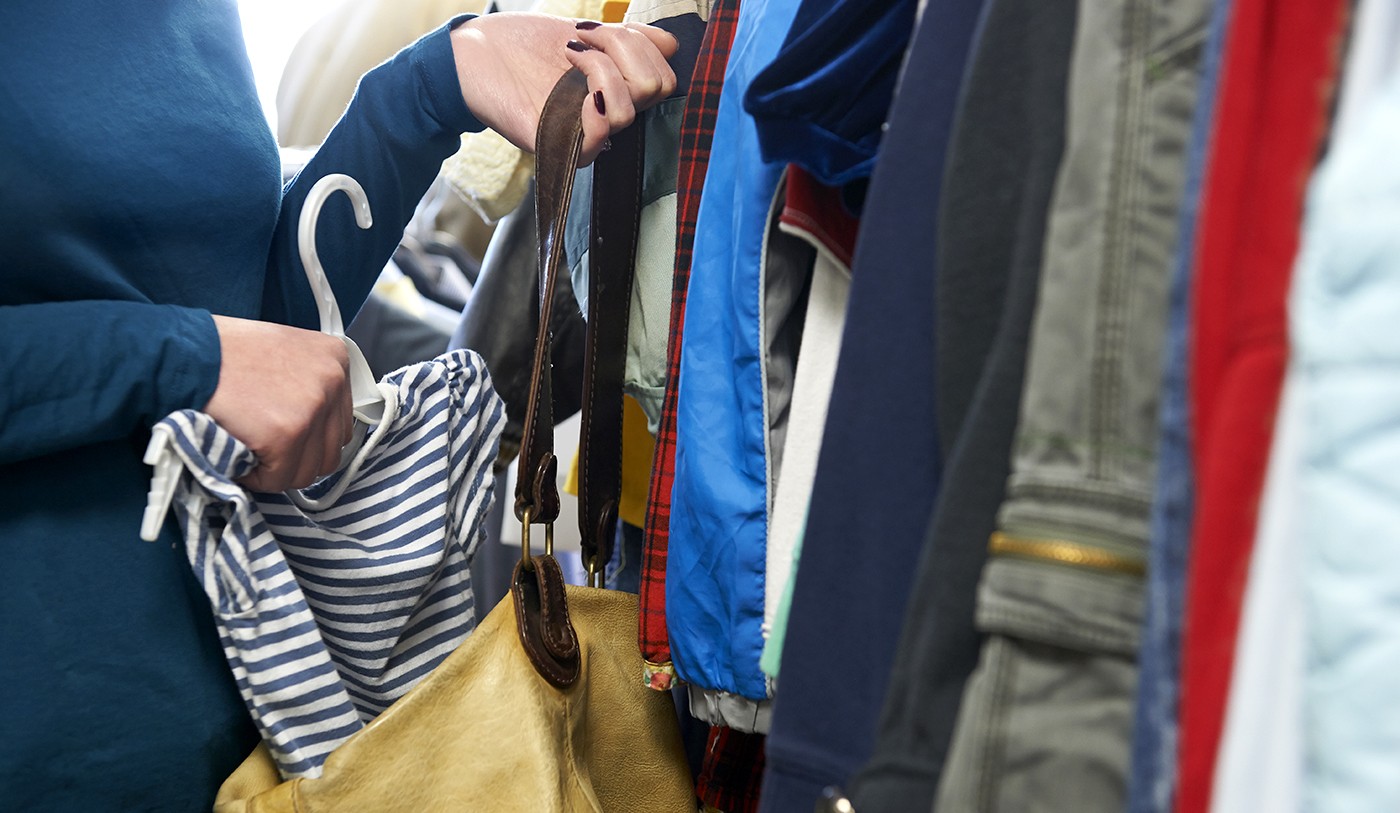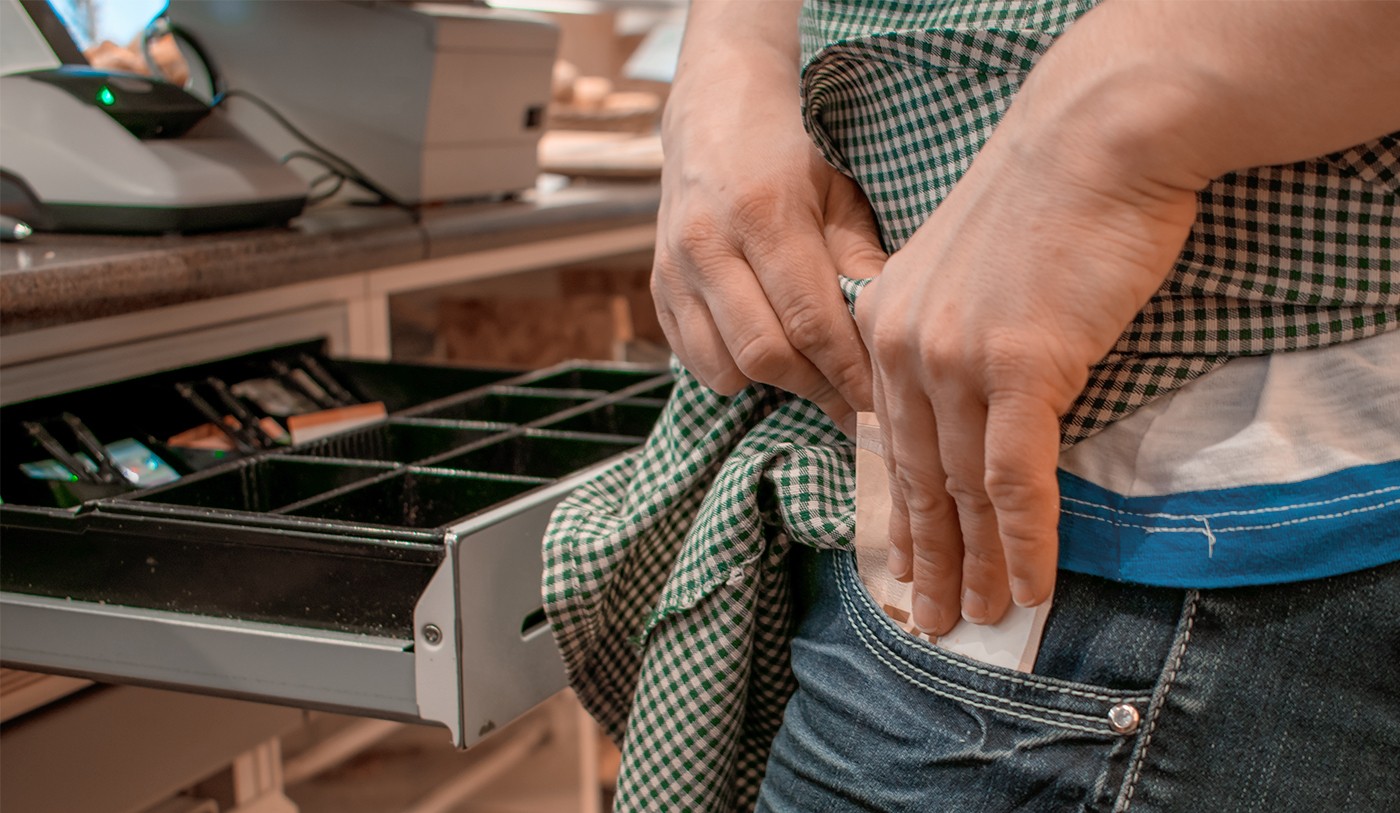The upcoming holiday period might be known as the ‘season of giving’, but make no mistake there’s a fair bit of taking as well, with shoplifters seizing on some of the busiest shopping days of the retail year to target products for theft.
So which products are commonly stolen, and how can retailers best protect these items from theft?
Here’s our guide to 10 things shoplifters target during the holiday season and the loss prevention strategies that can assist.
Holiday season 2020
This year’s holiday season is expected to be different from the norm, with consumers remaining cautious about social distancing in the wake of Covid-19.
The National Retail Federation notes that means making predictions about forecast holiday shopping trends and spending is more challenging than normal, but an uptick in spending and retail foot traffic is expected.
With that welcome rise in traffic comes the increased risk of shoplifting. In previous years data has indicated almost half of all US retail theft (46 per cent) occurs in winter, while the Global Retail Theft Barometer notes 81 per cent of that is during the holiday period.
Who is shoplifting?
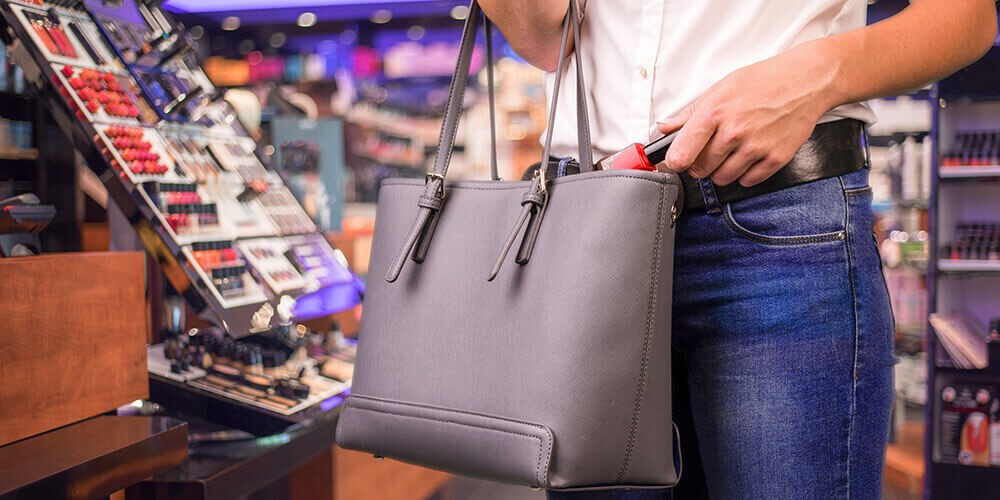
The combination of busy stores, busy staff, and additional products on display means the holiday retail period attracts both opportunistic shoplifters and those involved in Organized Retail Crime.
Importantly, this theft can be easier for the perpetrator to justify because they either feel it’s an item they need or because stores appear to be making a profit and the sale won’t be missed.
Together, this means retailers need to be on their game in the lead-up to the holiday shopping period, which spans the six weeks prior to Christmas.
So, here’s is a list of the most commonly stolen items and the best protection methods.
Top 10 stolen items
1. Electronics accessories
Whether it’s the latest earbuds, chargers, or a phone case, electronics accessories are frequently targeted due to their small size and appeal as a Christmas present.
They also tend to be sold and displayed in high volumes in stores where the sales associate’s watchful gaze is more likely to be guarding the high-value electronics they come with.
Protecting electronics accessories
Electronics accessories can be protected in a number of ways, including security labels, stop locks, or lockable displays which showcase the accessory behind glass. They can also be secured to the electronic gadget they come with as part of an engaging display.
2. Leather clothing
Frequently shoplifted leather clothing ranges from jackets to footwear and caps, but these items are often sought after due to their appeal as both a present and their high resale value on the black market.
Protecting leather clothing
Leather clothing is best protected using EAS security tags with a lanyard or cable that secures the tag to the product. The lanyard or cable avoids the need for the tag pin to pass through the item.
3. Electronics
Electronics, like cell phones, tablets, laptops and gaming devices, consistently rank on most consumer’s gift list, while their resale value is also high. That means they are targeted by both organized crime rings and opportunistic shoplifters.
Protecting electronics
The challenge with electronics such as smartphones is that legitimate customers often seek to engage with them prior to purchase. These items are best protected through lockable displays where the device is tethered to a countertop, while additional stock is secured in locked cabinets or drawers.
4. Accessories
Spanning a whole gamut of products – from sunglasses to costume jewellery, scarves and more- accessories tend to be easy to steal because of their size and the volume of items on display.
Protecting accessories
The loss prevention method used depends on the type of accessory. Sunglasses can be protected using optical tags, jewelry is protected by a lockable display for high-value items and security labels for low-value products, while scarves might best be protected using clothing security tags.
5. Winter clothing
When it comes to shoplifting, winter clothing is frequently stolen by concealing it underneath other garments. That said, it is one of the easiest items to protect.
Protecting winter clothing
Fashion security tags should be deployed on all winter clothing, while retailers should also turn their attention to security in the fitting room, utilising additional EAS tools like the Apparel Guard.
6. Meat and seafood
Meat and seafood are of course celebratory food staples throughout the holiday period, and they can be a target of theft by opportune shoplifters looking to save money where possible.
Protecting meat and seafood
Purpose designed food grade tags are available for packaged meats and seafood, while CCTV can assist, along with positioning these items where staff can oversee them.
7. Liquor
Liquor is a common target throughout the year, but the festive nature of the holiday season sees theft of alcohol spike.
Protecting Liquor
Top shelf liquor should be protected with purpose-designed liquor security tags, while high volume liquor can be protected by labels.
8. Perfume and cologne
Small, often valuable and a popular present, perfumes and cologne are also frequently stolen items, while their resale value also makes them a target for organized crime.
Protecting perfume and cologne
High-value perfumes are generally secured in lockable glass cabinets with only testers on display. Lower value, high volume fragrances are best protected with security labels.
9. Children’s toys
It’s hardly surprising to find children’s toys on the shoplifting hit list at Christmas, but protection strategies vary depending on their size, shape and value.
Protecting children’s toys
High value boxed toys can be protected by spider wraps and tags, lower value items are protected with labels, while plush toys of high value can be secured using apparel tags.
10. Chocolate
Like liquor, meat and seafood, chocolate is a staple of the festive season and it’s frequently shoplifted as a result.
Protecting chocolate
As chocolate is considered a grocery item of high volume, labels are the loss prevention method of choice.
You can order your security tags to protect frequently stolen items this holiday season here, and security labels here.
Meanwhile, our holiday loss prevention checklist is available here.
